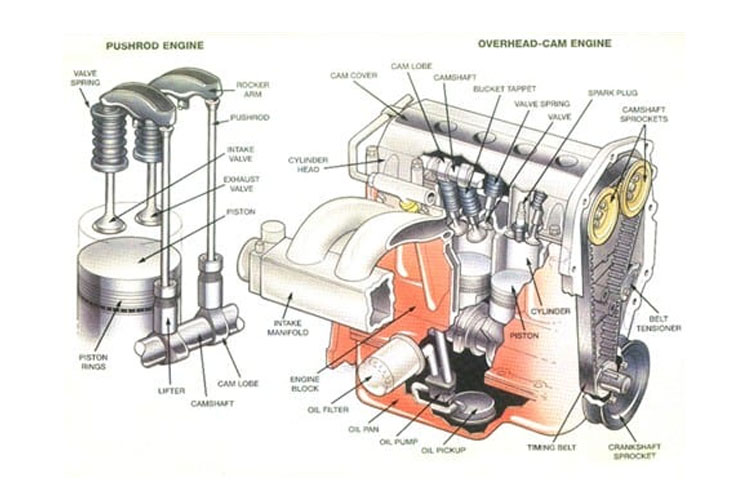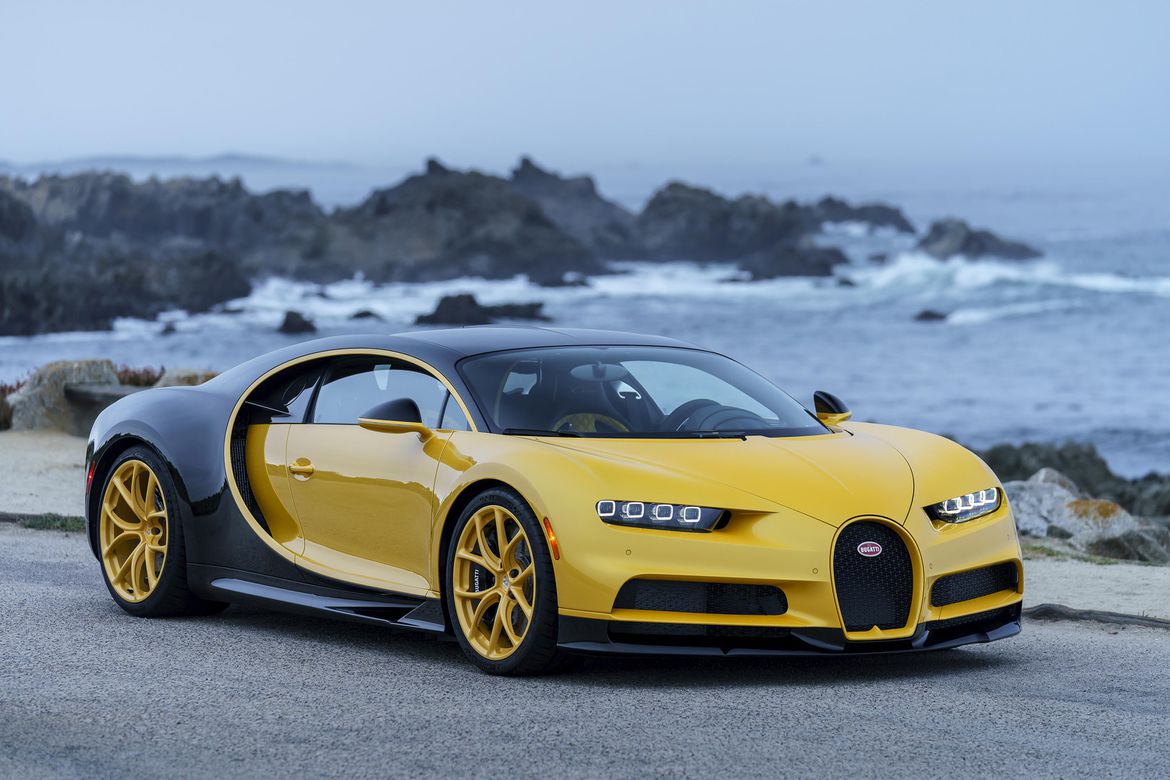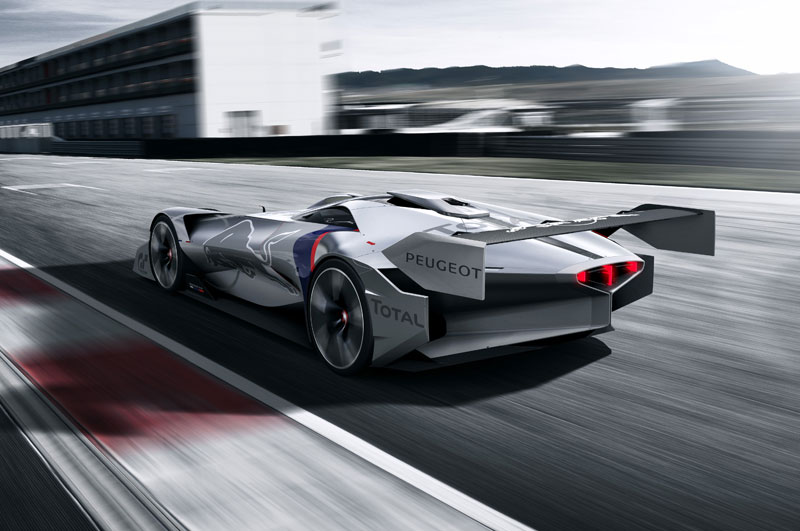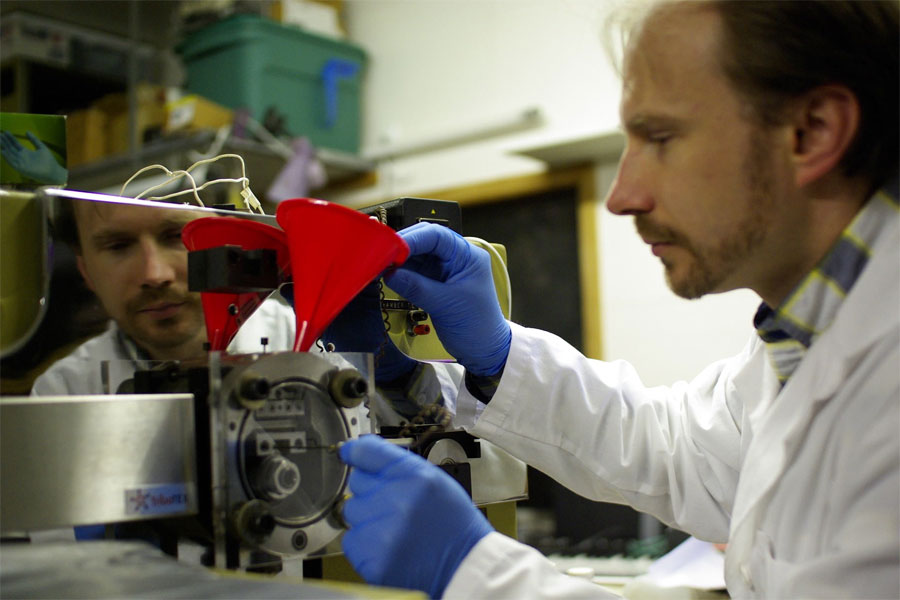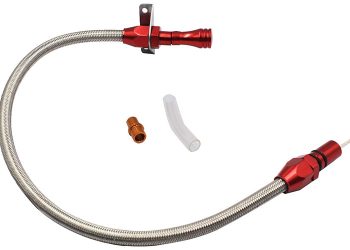An engine is the most important part of a vehicle and it is also called heart of a car. Engine is a machine and it changes one form of energy from burning of gas into mechanical energy, then this energy is applied to the wheels which help in car movement. This is known as internal combustion engine and it gives power to drive a car.
Engine is not only a single main component but it is made up of different parts that work at the same time and it is very important to have the basic idea about the working of car engine.
Basic of car engine
The most complex part of car is engine. One of the basic component of engine is the cylinder. For the engine cylinder is the main framework and a power unit in which fuel is burned and provides energy to drive the car.
Basically cylinder is consisting of metal and it is hermetically sealed. Most of cars have four to eight cylinders. Cylinder contains two top valves one is an outlet and other is an inlet valve. The cylinders are designed to close and open at exact time to take in fuel for internally burning and escape burnt gases.
Let’s discuss one by one about parts of an engine;
Engine block
One of the major part of an engine is engine block. Mostly it is prepared from iron and aluminum. It is a solid cast part of a car that is why this is known as the block. This part is very carefully designed because any damage results in car failure and it is very strong.
It is consisted of many holes for cylinder placement. It supplies oil and water to keep the engine greasy and cool. As compared to water paths, oil paths are small.Engine block have pistons which gives kinetic energy to vehicle and have camshaft, crankshaft. Cylinders are organized in three different styles; flat, v-shaped, or inline.
Pistons
It is a cylindrical part of engine and is manufactured with lightweight aluminum. In cylinders pistons move upward and downward and engines have commonly four, six and eight pistons. Before the ignition, air and fuel are mixed on upper part of piston which is known as combustion chamber.
Rings are present in pistons which help to keep oil away from chamber and air or fuel away from oil. Pistons floats without touching the walls of the cylinder on thin oil layer which is present under the rings. Leakage of oil can occur in combustion chamber in case of failure of ring which results in grey smoke from exhaust and damaging of engine.
Crankshaft
It is moving part of internal combustion chamber and its function is to change straight line movement of the pistons in to rotatory motion.Pistons are attached to crankshaft with the connecting rods.
Steel and iron are normally used in manufacturing of crankshaft. It is present in the lower section of engine. The motion of crankshaft directly related to the load of air or fuel into the cylinder.
Camshaft
A cam is the gadget which converts rotary movement of camshaft in to uniform motion. It play important role in opening of valves. Its working totally depends upon the numbers of cams present with its length. For each valve one lobe is needed. Lobes push the valves to open and for closing valve camshaft revolve and springs close the valve.
Metal with sharp cams are used for manufacturing of camshaft.Camshaft is present in engine block and in some vehicles camshaft present in cylinder heads. It is also called single or dual headed camshaft.
Main role of camshaft is;
- To control timing of closing and openings of valves
- Shift rotary movements from crankshaft to up and down motions to manage lifters movement
- To move valves, pushrods and rockers.
Exclusion of exhaust gas and fuel input both are managing by the camshaft. It comprise of various cams. Camshaft is attached with crankshaft through gears, chain or belt.
Cylinder head
Cylinder head is another type of the engine parts and it is attached between cylinder block and cylinder head. Aluminum alloy and cast iron are mainly used in its manufacturing. Separate cast piece is used to cover the top of cylinder which is called cylinder head.
Cylinder head is joined with cylinder block with the help of studs. These studs fixed with block gaskets which is responsible for providing the leak-proof joint between block and head.
- Cylinder head consist of the coolant jackets, valve seats, valve guides, threaded holes, and ports. It allows the flow of cooling water.
- It provides cooling and disappear heat which is generated by engine.
- Act as control powerhouse of mechanical engine and combustion seal chamber.
- Its important function is cooling the engine by using air and water.
There are three types of cylinder head
- Loop flow type
- Inline cross flow type
- Offset cross flow type
Timing belt
It is also known as cambelt. It helps in camshaft and crankshaft rotation so that the valves of engine closes and open at exact time during exhaust and intake strokes. For its manufacturing heavy-duty gears are used which play role in holding the pulleys crankshaft and camshaft. The chain is similar to the bicycle chain.
Most common engine problems
Engine is the main component of any functioning car. It is not easy to find the fault in engine or it may be difficult to repair. All the problems of engine are not serious but engine problems can cause breakdown of engine if you don’t take any action immediately.
Here are some common problems
Poor lubrication
It is very important to check that your car engine get sufficient oil between the moving parts. Because low greasing will results in more frictions inside the car engine that cause overheating. It is very necessary to service your vehicle regularly.
Failing oil pump
For any engine, oil pump failure is very serious problem. Always use good quality oil for your engine and ensure that viscosity of oil is genuine.
Inadequate fuel and air compression
Bad compression of air and oil inside the engine is responsible for disaster. Main causes for bad combustion of engine are;
- Hole in the cylinder
- Piston rings that are overused
- Broken valve seals forcing air to leak out.
Oil deposits and debris
Delay in changing oil filters or using old oil for too long can cause oil pigmentation which mixed with debris due to poor filtration and are responsible for engine blockage, poor performance, and smoke. To avoid these problems regularly change your oil and filters as per your vehicle checkup schedule.

